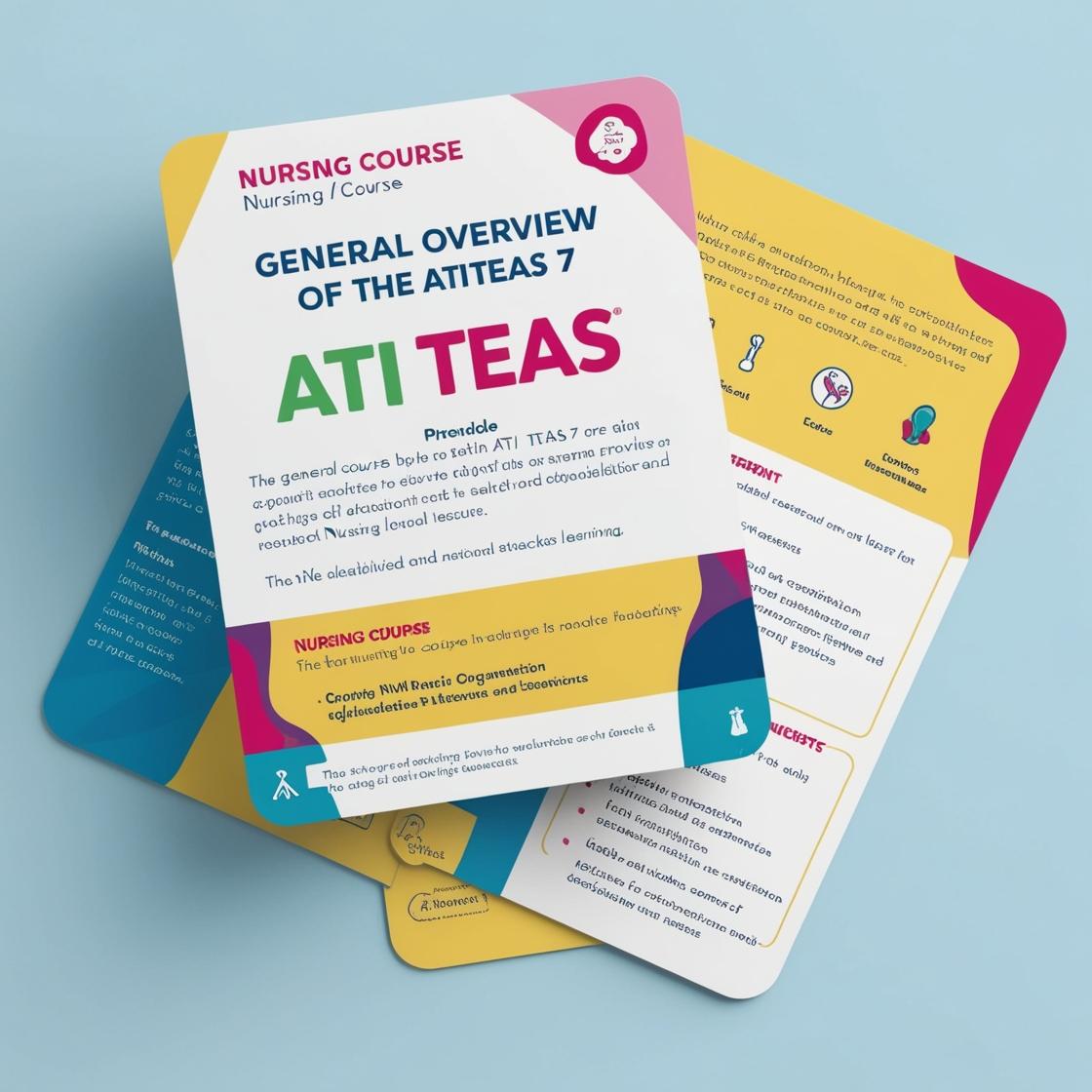ATI TEAS 7
ATI TEAS Practice Science Test
1. Which part of the hair is not attached to the follicle?
- A. Bulb
- B. Root
- C. Shaft
- D. Strand
Correct answer: C
Rationale: The correct answer is C, 'Shaft.' The hair shaft is the part of the hair that extends above the skin surface and is not attached to the follicle. The bulb and root are parts that are connected to the follicle as they are located below the skin surface and play a role in hair growth. The strand, on the other hand, refers to a single hair fiber and is not a distinct part of the hair anatomy.
2. What is the most basic unit of structure in living things?
- A. Cell
- B. Organelle
- C. Oxygen
- D. Pigment
Correct answer: A
Rationale: The cell is indeed the most basic unit of life, forming the foundation of all living organisms. Cells are the building blocks of all living things, containing organelles that perform specific functions. While oxygen is essential for life, it is not a structural unit. Similarly, pigment is a component found within cells but is not the fundamental unit of structure. Therefore, the correct answer is 'A: Cell.'
3. Which statement confirms that the cell membrane is selectively permeable?
- A. Receptors are found on a cell's surface.
- B. Cells communicate with each other using cell signals.
- C. Environmental changes can cause a cell to expand or shrink.
- D. Sodium ions must travel through ion channels to enter the cell.
Correct answer: D
Rationale: The correct answer is D because selective permeability is demonstrated by the fact that specific ions, such as sodium, require ion channels to cross the cell membrane. This process allows the cell to control what substances can enter or exit, highlighting the selective nature of the cell membrane. Choices A, B, and C do not directly relate to the concept of selective permeability of the cell membrane. Receptors on a cell's surface (Choice A) are involved in cell signaling rather than selective permeability. Cell communication through signals (Choice B) and environmental changes affecting cell size (Choice C) are not directly related to the selective permeability of the cell membrane, which specifically refers to the regulation of substances passing through the membrane.
4. Which type of immunity does the MMR vaccine provide?
- A. Artificial/active
- B. Artificial/passive
- C. Natural/active
- D. Natural/passive
Correct answer: A
Rationale: The correct answer is A: Artificial/active. The MMR vaccine provides artificial/active immunity. It works by introducing a weakened or killed form of the virus to trigger the body's immune response, leading to the production of antibodies that offer long-lasting protection against measles, mumps, and rubella. Artificial immunity is obtained through medical intervention, such as vaccination, while active immunity involves the immune system's direct response to an antigen. Choices B, C, and D are incorrect because the MMR vaccine does not provide passive immunity nor is it acquired naturally; instead, it stimulates the body to actively produce its immune response.
5. The hypodermis is primarily composed of which tissue?
- A. Adipose
- B. Connective
- C. Epithelial
- D. Muscle
Correct answer: A
Rationale: The hypodermis, also known as the subcutaneous layer, is primarily composed of adipose (fat) tissue. Adipose tissue in the hypodermis serves as an insulator, energy reserve, and cushioning for the body. Choice B, Connective tissue, is a broad category that includes various types of tissue like adipose, but the hypodermis is specifically rich in adipose tissue. Choice C, Epithelial tissue, is not the primary component of the hypodermis; it is mainly found covering body surfaces and lining cavities. Choice D, Muscle tissue, is not a major component of the hypodermis; muscle tissue is mainly located deeper in the body and serves in movement and support functions.
Similar Questions

Access More Features
ATI TEAS Premium Plus
$149.99/ 90 days
- Actual ATI TEAS 7 Questions
- 3,000 questions with answers
- 90 days access
ATI TEAS Basic
$99/ 30 days
- 3,000 Questions with answers
- 30 days access
